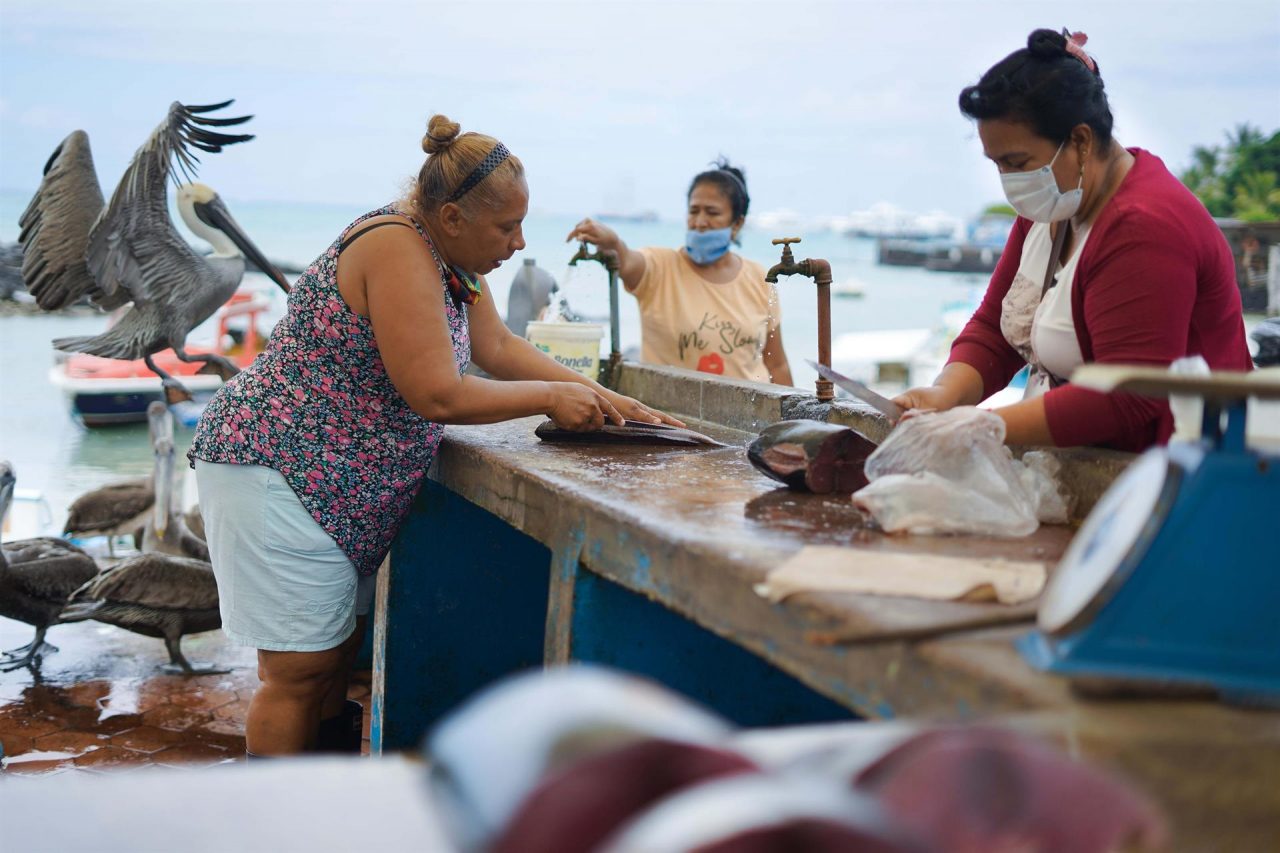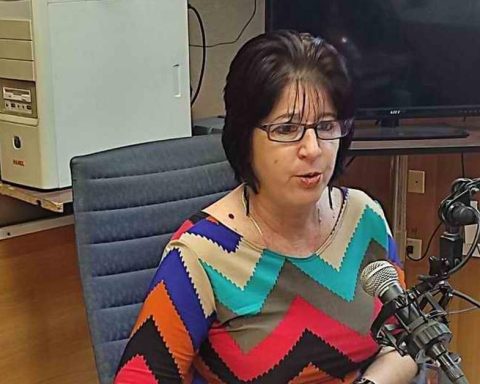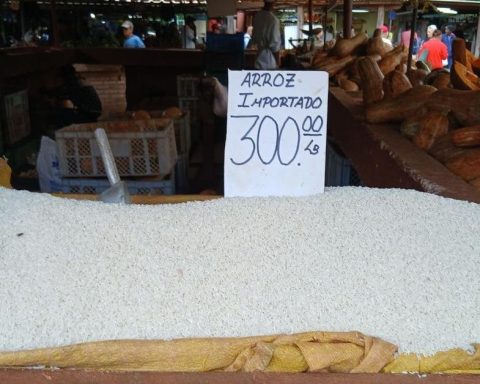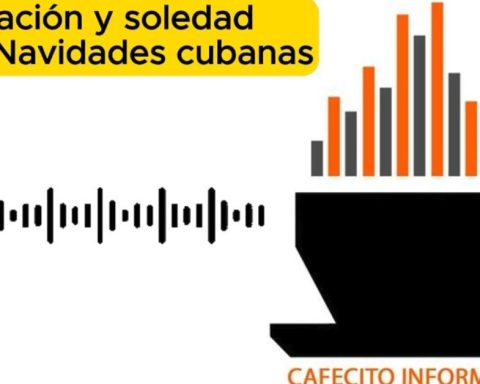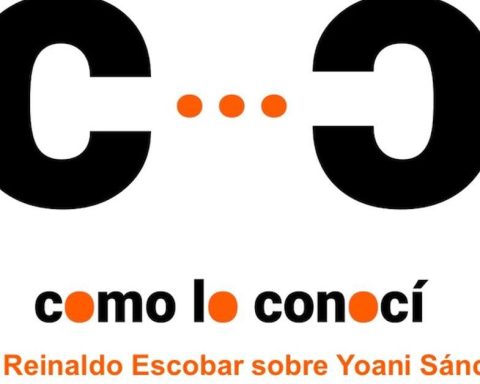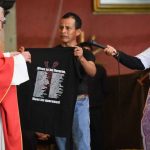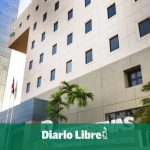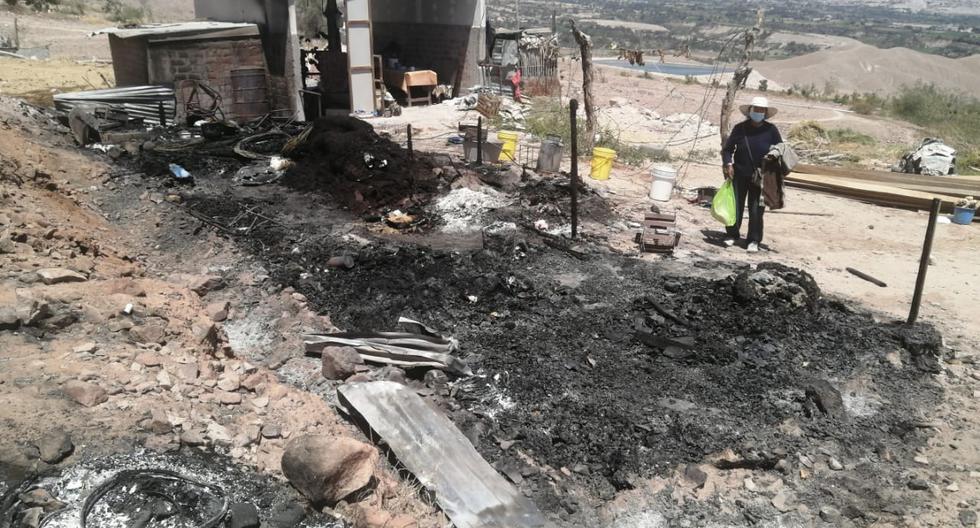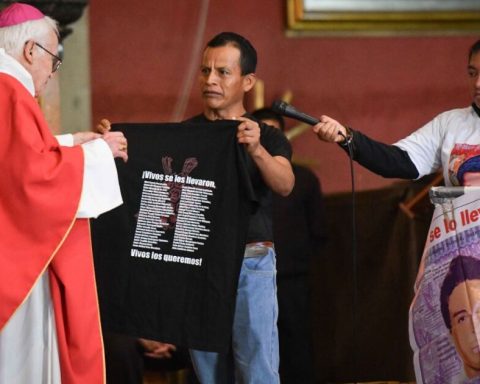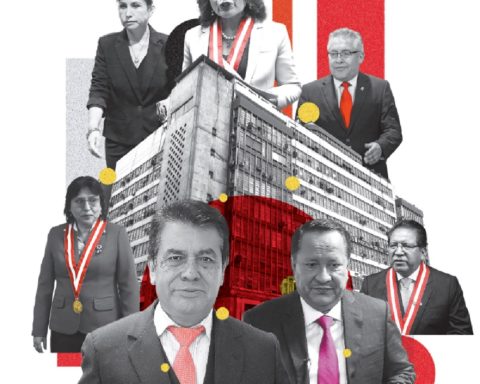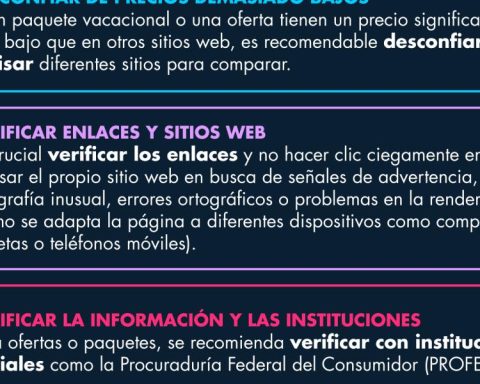Galapagos, a biodiversity space and a conservation model, has become a world example with a responsible investment line and greater profitability for coastal fisheries.
Framed in the Coastal Fisheries Initiative-Challenge Fund (CFI-CF) and financed by the Global Environment Facility (GEF), the seafood systems project started last February and has allowed the identification of enterprises with social and environmental responsibility.
Circular economy and ‘biotienda’
Between the ventures figure one of circular economy, in which waste from the fish to turn it into fertilizers or feed for pigs or poultry.
On the other hand, a chef specializing in “signature cuisine” uses only “fish sustainable«, That is to say that captured in a legal way, that meets the established sizes and that has been reproduced at least once.
Jorge Ramírez, principal investigator of the interdisciplinary project of fisheries of the Charles Foundation DarwinHe told Efe that there is also a cook determined to reduce the amount of canned food that comes from the continent and offers vacuum-packed products with reusable materials, more or less like the returnable soft drink system.
On Galapagos “Incredibly we eat a lot of tuna and canned fish,” said this Mexican master’s degree in Marine and Coastal Sciences, warning of the danger posed by the possible entry of “invasive species” in the cargo that arrives in the fragile ecosystem of the archipelago, located about a thousand kilometers from the Ecuadorian continental coasts.
The venture called “biotienda” is based on the sale of artisanal and locally processed seafood products to “reduce food imports” and also to ensure that there is sustainable fishing.
On the other hand, the son of a fisherman prepares an information guide so that consumers have official data and make sure that the products meet the proper specifications, such as sizes, for example.
The project – he summarized – seeks “that we build together an integral food system that inspires us, generates social, economic and environmental well-being” with an eye on the need to promote participatory processes and technically accompany the sectors of the food system of the Galapagos Sea.
Ecology partner
At fisheries They are called socio-ecological systems because they are complex systems that interrelate nature and human society.
Its operation depends on variables biological (reproduction), environmental (climate change), ecological (food chains), technological (fishing methods), social (governance) and economic (commercialization).
The fishing -source of employment for more than 500 households and a fundamental axis for food security in the archipelago – it can generate more than two million dollars annually in Galapagos, where more than 50 species can be captured.
Being one of the most important activities in the archipelago, in addition to the food systems of the sea, the Charles Darwin Foundation, Together with an interdisciplinary team of scientists, it maintains studies on fisheries for a better management of the sector.
Thanks to these, they now know that the Cod, camotillo and brujo are long-lived species that take years to reach reproductive age, which makes them very vulnerable to overfishing.
In addition, they identified that the intermediate zones between mangrove ecosystems and sandy beaches are habitat for larvae of small pelagic fish such as sardines, herring and anchovies, species that are food for boobies and sea lions.
With the study they demonstrated that Galapagos “is one of the few places in the world where mangrove forests have increased naturally, since they have practically no local anthropic impacts.”
With data like these, they are supported to advance in the proper management of the fisheries in Galapagos, a natural, social and economic laboratory, a microcosm where everything that happens can be extrapolated worldwide, according to scientists.
